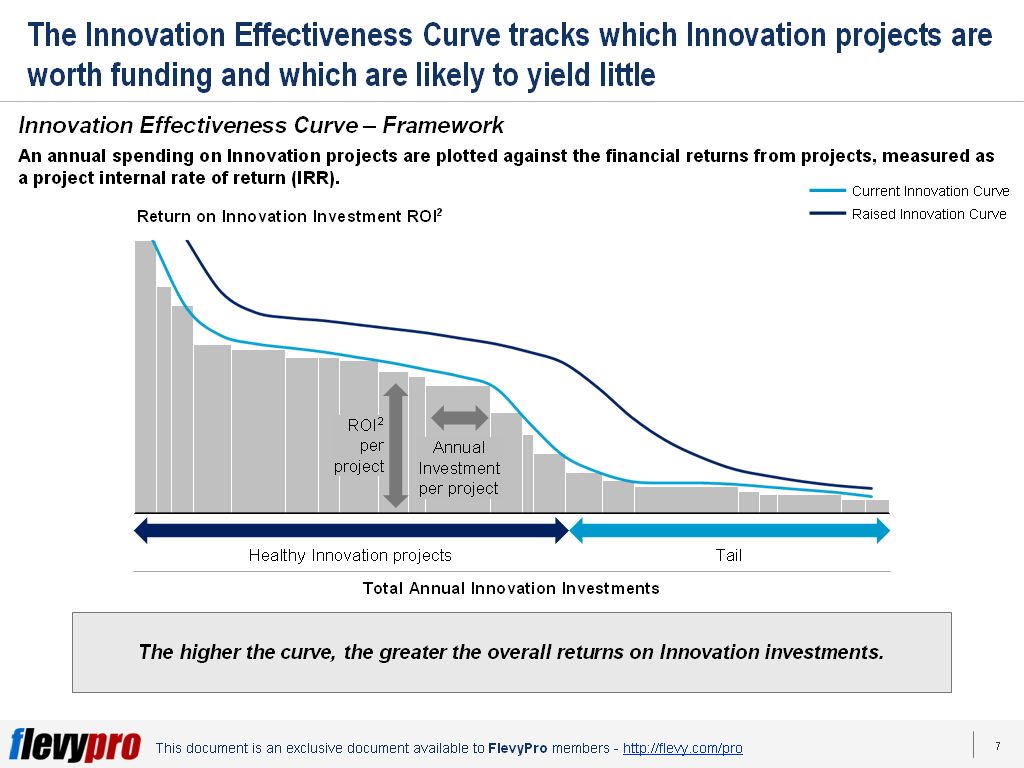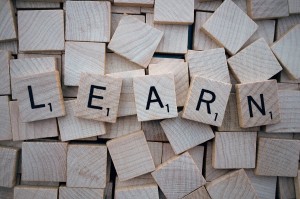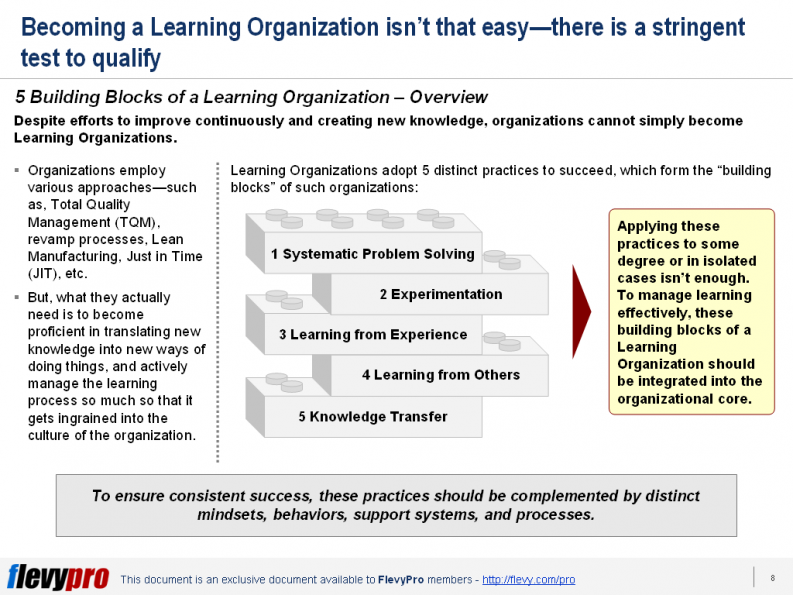In today’s business environment, management consulting firms must be ready to address client challenges and needs that will transform their  business by 10 or 100 times. Tools and methods must be scaled up to ensure applicability to the widest possible audience globally.
business by 10 or 100 times. Tools and methods must be scaled up to ensure applicability to the widest possible audience globally.
The Consulting Workshop Series provides a good understanding of the 10 Methods of conducting Workshops that are custom designed to fit specific workshop objectives. Different methods are developed for the purpose of providing organizations the most appropriate tool necessary to support organizations to achieve their strategic goals and targets.
If it is the management’s goal to cultivate creativity and innovation with their organization, then the Charrette is the perfect method to undertake.
Understanding Charrette
Charrette is one method of conducting consulting workshops that can generate consensus among diverse groups of people and form an action plan. Charrette provides time for a deep intellectual exploration of matters significant to the success of the firm. Charrette allows people to work not only at their own pace but also on projects that matter most to them.
This is one method that can effectively assemble practical ideas and viewpoints at the beginning of a planning process. It encourages input and collaboration from a wide range of participants. When the process is mature, it can facilitate decisions on difficult issues and resolve indecisions or deal with dead blocks between groups.
Charrette can effectively lead to developing feasible projects and action plans with specific practical steps. It can be applied to development, design, and planning projects and identify potential funding sources for projects.
The 3-Phase Approach to Charrette
Charrette must be done in phases with each phase directed towards attaining a specific objective.
Each phase is undertaken following a specific number of steps. These steps are necessary to achieve the specific objective of each phase and reach the ultimate goal of the entire workshop using Charrette as one of the methods in the Working Consulting Series.
A Purview on the Pre-Charrette Phase
The Pre-Charrette Phase focuses on developing and working with a Steering Committee. A Steering Committee is vital as it serves as the coordinator of Chafrette activities. The committee will be the one to establish a timeline and meeting schedule, as well as a preliminary list of issues the Charrette will focus on.
Once a Steering Committee has been organized, the organization is now ready to take on the 5 specific steps underlying the Pre-Charrette Phase.
- Issue/Problem Identification
- Identify and invite Charrette participants (team)
- Develop community relations and public awareness
- Assemble support information
- Logistics
Before undertaking these 5 specific steps, there are preliminary preparations that must be undertaken. First, there is a need to hold an organizational meeting with the Steering Committee and the Charrette facilitator to set the goals and arrange a basic schedule. It is essential that the Steering Committee must hold a regular meeting to ensure that all necessary preparations are being made.
A well-executed Charrette will set the pace towards a fun and productive opportunity for the organization to build and visualize its future.
Interested in gaining more understanding of Charrette? You can learn more and download an editable PowerPoint about Consulting Workshop Series: Charrette here on the Flevy documents marketplace.
Are you a management consultant?
You can download this and hundreds of other consulting frameworks and consulting training guides from the FlevyPro library.
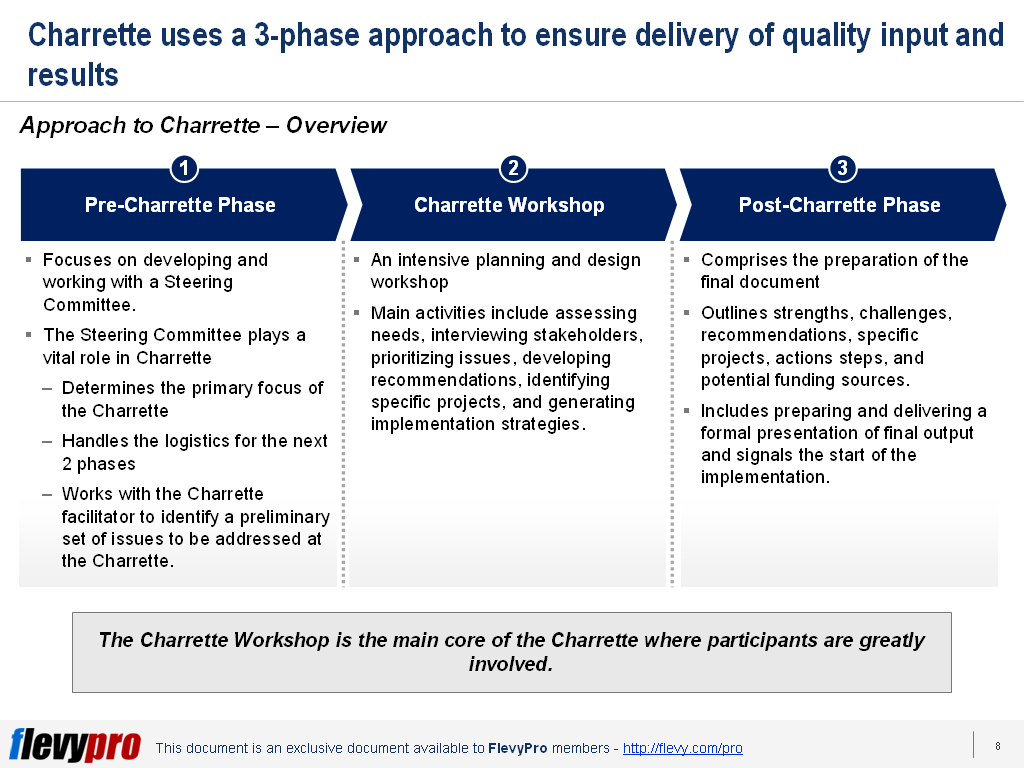
 business by 10 or 100 times. Tools and methods must be scaled up to ensure applicability to the widest possible audience globally.
business by 10 or 100 times. Tools and methods must be scaled up to ensure applicability to the widest possible audience globally.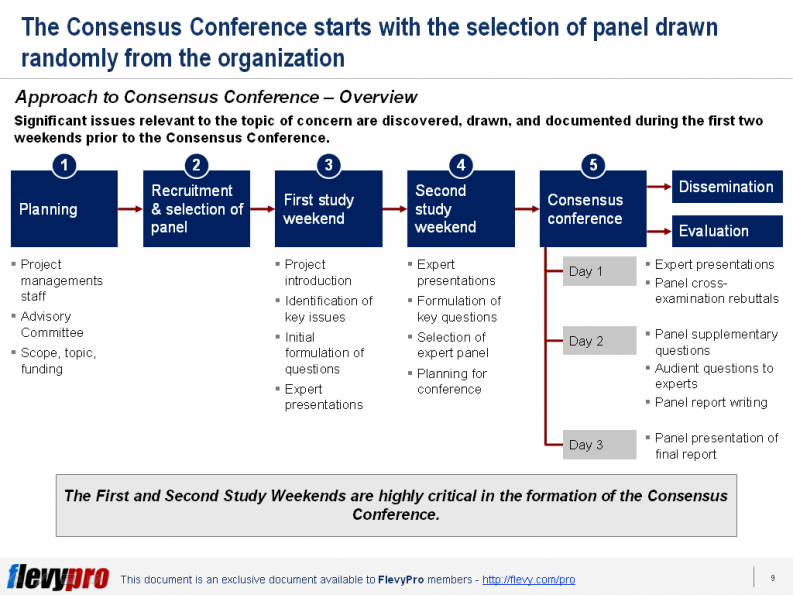
 defining strategic directions to simply serving as an additional pair of hands for outsourced work, management consultants have become inextricably linked to the success of most large organizations.
defining strategic directions to simply serving as an additional pair of hands for outsourced work, management consultants have become inextricably linked to the success of most large organizations.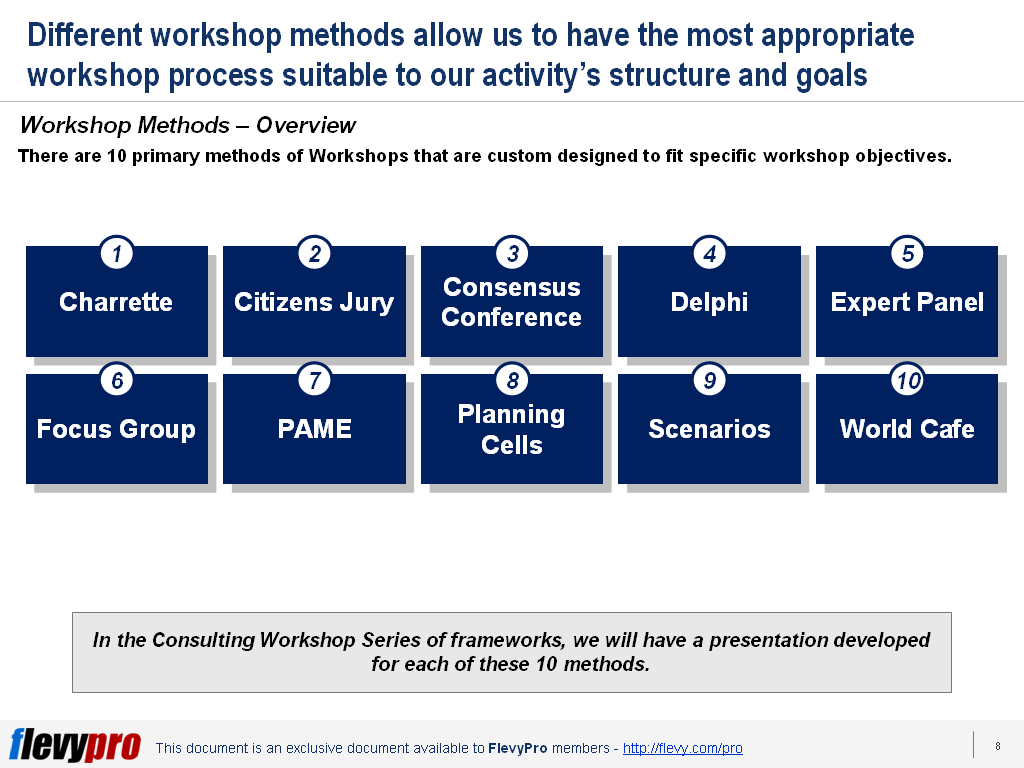

 The constant advancement in technology has raised the expectations of customers in terms of their interaction with companies. This digital disruption is also forcing businesses to develop new capabilities and explore innovative ways and means to deliver improved
The constant advancement in technology has raised the expectations of customers in terms of their interaction with companies. This digital disruption is also forcing businesses to develop new capabilities and explore innovative ways and means to deliver improved 

 Digital-savvy startups are disrupting markets and threatening conventional businesses. They are doing this by utilizing technology to offer new products and services and providing tailored yet uncomplicated experiences for their customers.
Digital-savvy startups are disrupting markets and threatening conventional businesses. They are doing this by utilizing technology to offer new products and services and providing tailored yet uncomplicated experiences for their customers.
 started to rethink and retool their offerings and operation. This kind of transformation, however, requires a collaborative effort from all parts of the organization, no matter how different their processes, systems, and cultures have been in the past.
started to rethink and retool their offerings and operation. This kind of transformation, however, requires a collaborative effort from all parts of the organization, no matter how different their processes, systems, and cultures have been in the past.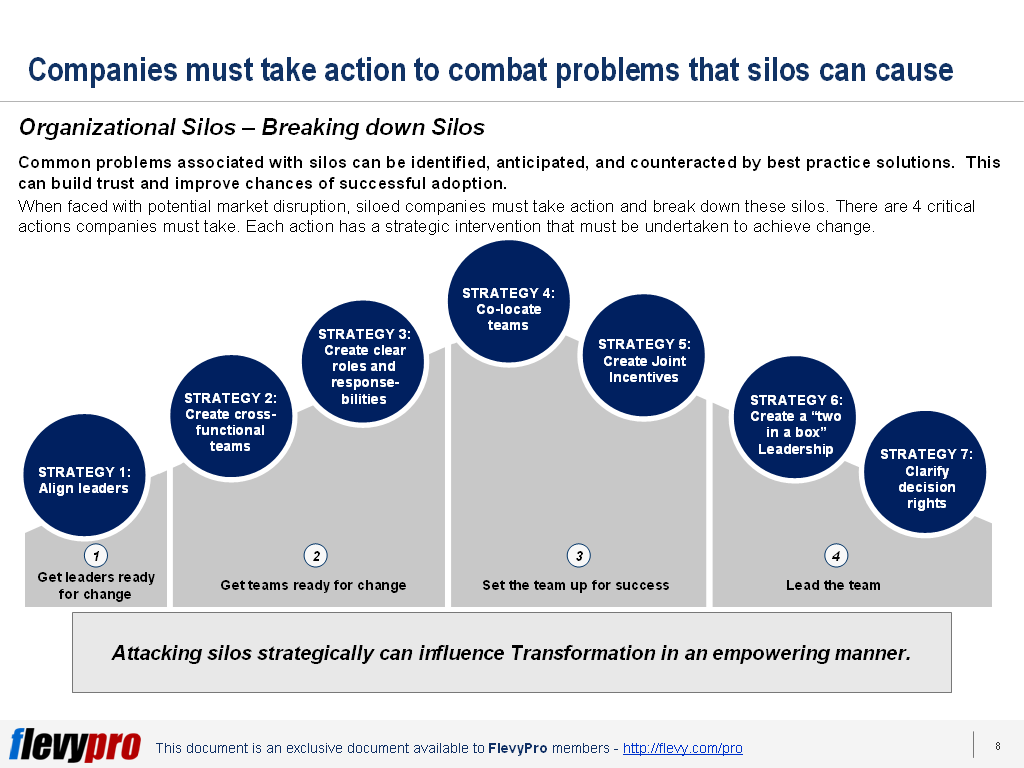

 The typical approach to improving productivity focuses on assessing variance in quality, time, rate, service, or cost, around which management systems develop incrementally or revolutionary.
The typical approach to improving productivity focuses on assessing variance in quality, time, rate, service, or cost, around which management systems develop incrementally or revolutionary.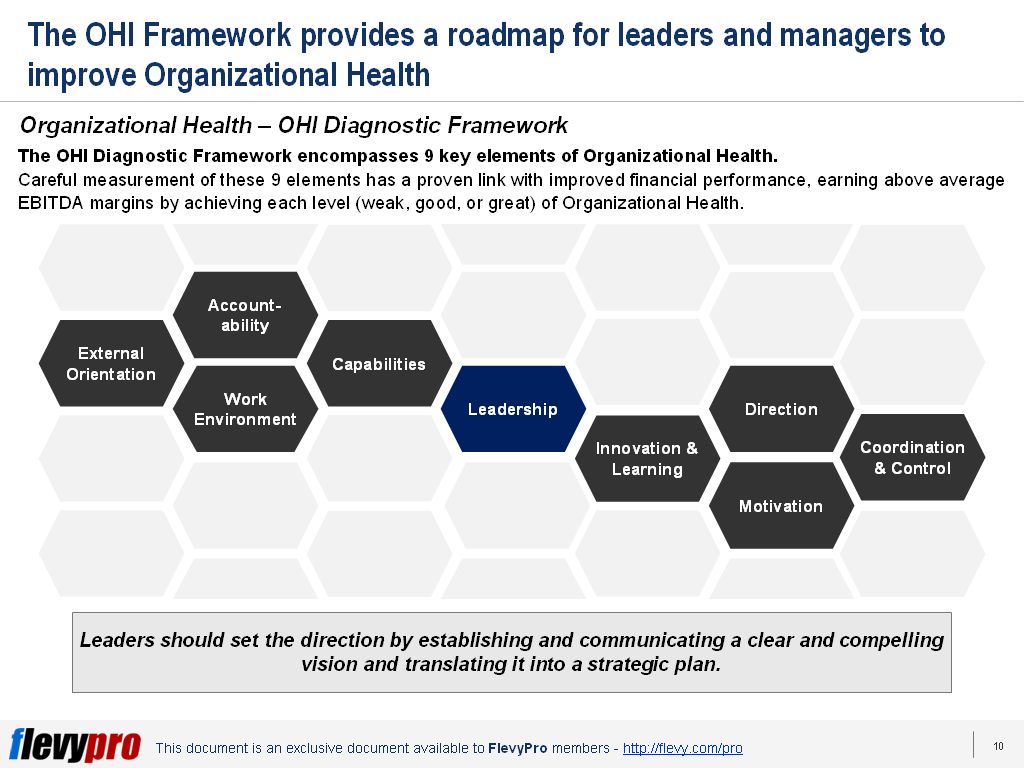
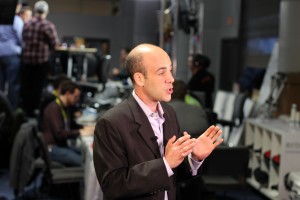
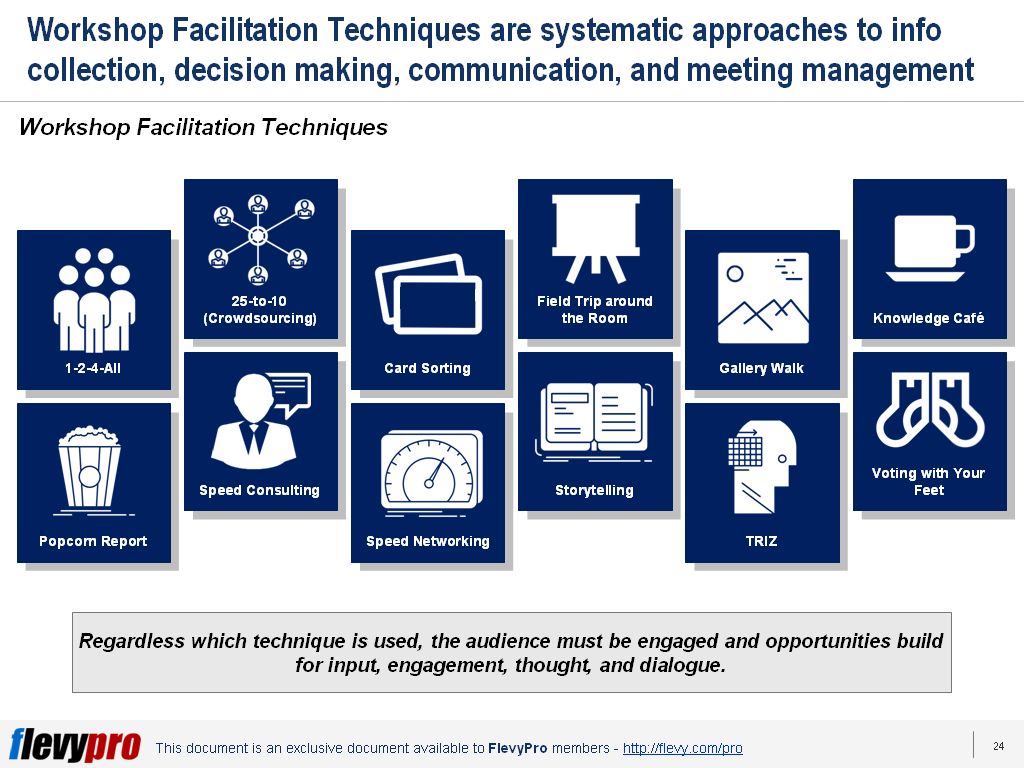
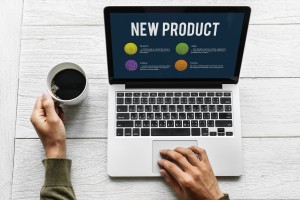 and profits–is rare and hard to achieve. Some have tried investing intensively in research and development.
and profits–is rare and hard to achieve. Some have tried investing intensively in research and development.